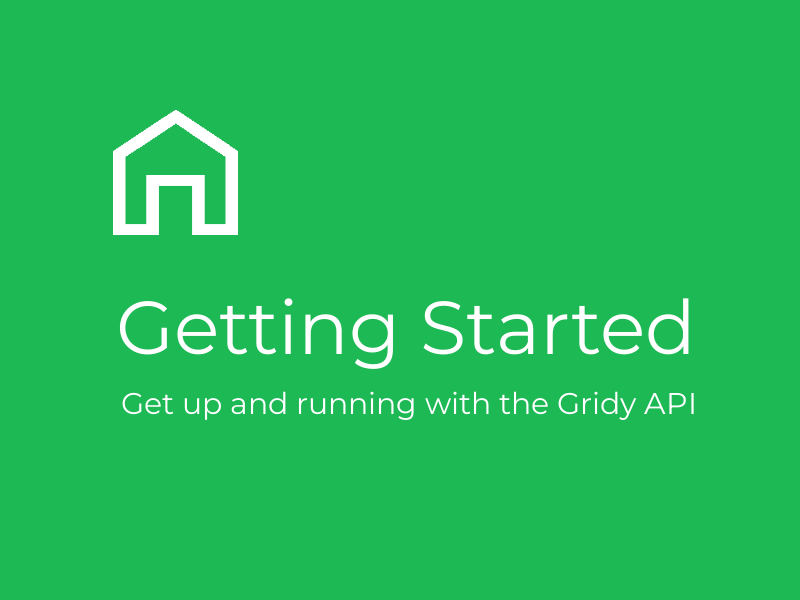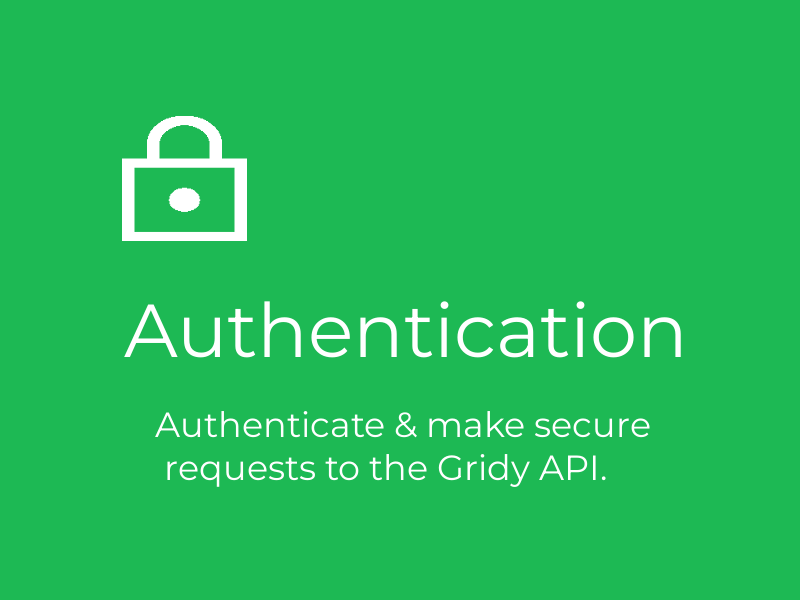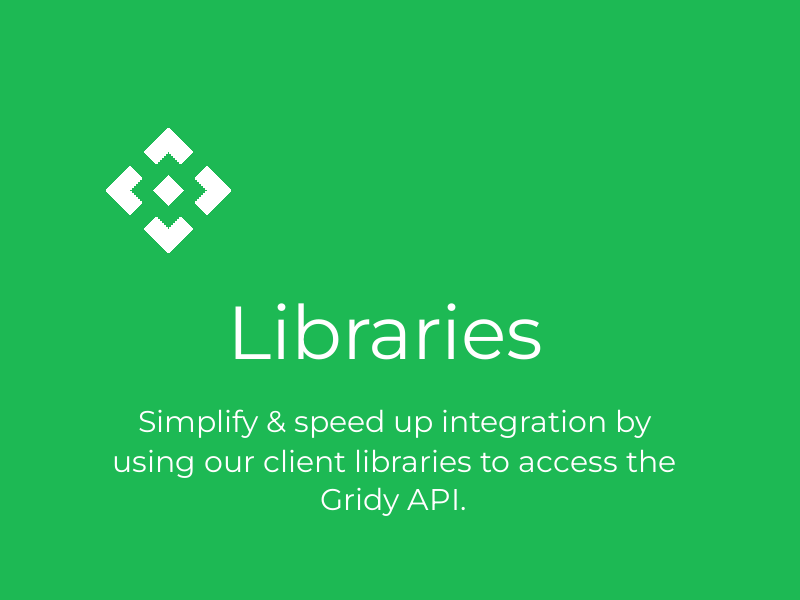Overview
Gridy ID is a flexible Multi-Factor Authentication solution. Easy to integrate, highly secure, and scalable.
Gridy's Multi-Factor Authentication Service (AaaS) & Authenticator offer a simple and cost-effective way of moving from single factor authentication to more adaptive & secure multi-factor authentication.
Gridy User accounts combine a Users credentials & biometrics into one secure account.
Gridy's Multi-Factor Authentication service supports both traditional & biometric authentication along with two new & novel authentication methods:
QR Keys
QR Keys are public key cryptography authentication challenges embedded inside a QR code & completed inside a User's Gridy Authenticator app. Offering secure & frictionless one-tap authentication. Learn more
Cube ID
One-Time Graphical Cube authentication utilises a graphical cube interface enabling a user to authenticate themselves by inputting a unique pattern onto one of six coloured grid-based cube faces. Learn more
With additional features including:
- Roles & Profiles allow administrators create & assign custom authorization roles & permissions to a User.
- Rules & Block lists help prevent abuse and restrict who can request authentication challenges to access your Gridy protected assets.
- Event monitoring & alerting coupled with rules & block lists give administrators the visibility & tools to respond to threats in real-time
- Pre-built API clients written in several programming languages simplify integration and reduce developer implementation times into applications, websites, & platforms.
In order to get started using the Gridy APIs & Service:
- Sign up for a free or paid Gridy API subscription here
- Use the Playground tools or example code & drop-in to your website/application or write your own using one our API client libraries in your preferred programming language.
- Send your first Gridy ID authentication challenge
 |
 |
 |
The API reference provides examples in cURL, Java, Python, PHP, Dart & Javascript and the Gridy command-line client. See the documentation for your preferred programming language for information on how to use our REST APIs.